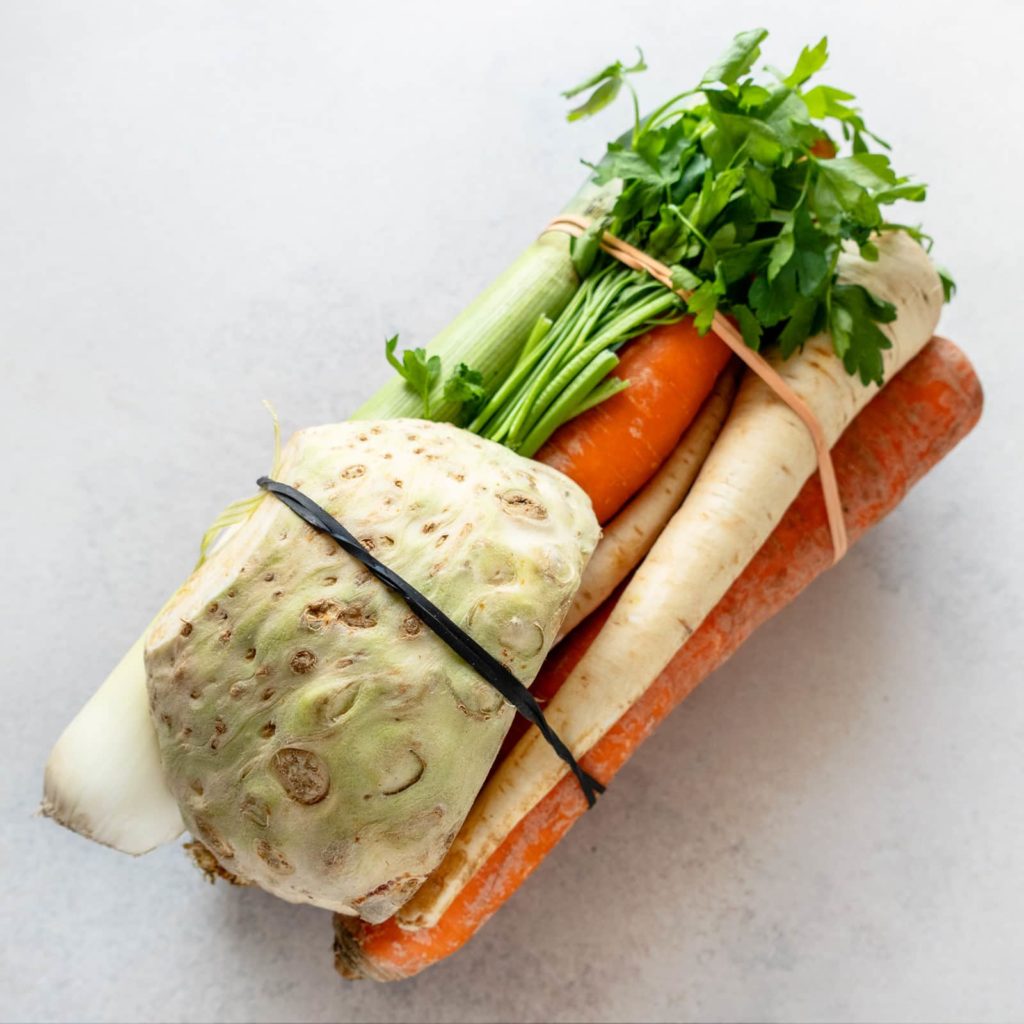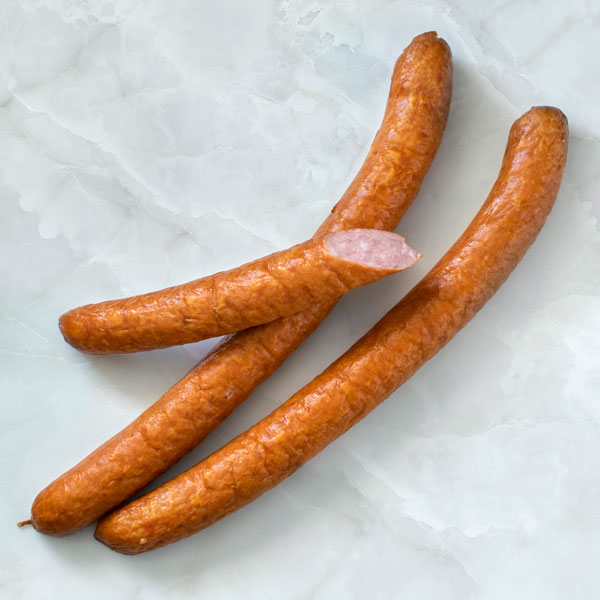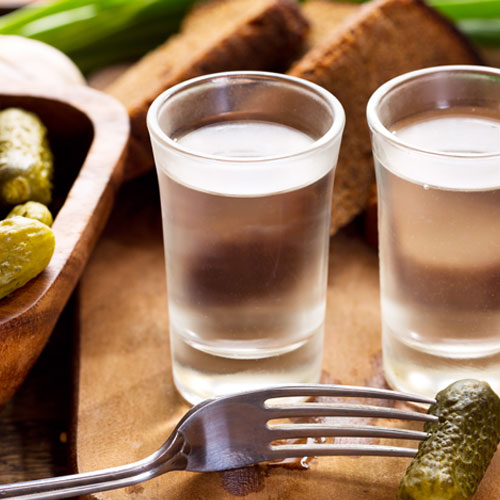Pierogi: A Gourmet Guide to Polish Dumplings
What are Pierogi?
Pierogi are delicious dumplings with sweet or savoury filling, wrapped in a thin, unleavened dough. They’re cooked in boiling water, and sometimes fried afterwards for an extra crunch.
In Poland, Pierogi are considered a classic comfort food and a national dish. They vary in size: larger pierogi are served as a main course or dessert, and small ones (such as ‘Uszka’) go into soups.
Pierogi Dough
Traditional pierogi dough is a combination of flour, water, salt and oil.
Sometimes whole eggs or yolks are added, making the dough richer, but less flexible. Other recipes include sour cream or buttermilk. When making dessert pierogi with sweet filling, half of the water can be replaced with whole milk.
Ready to give it a go? Try one of these dough recipes:
- Classic Pierogi Dough (Vegan, Egg-free)
- Pierogi Dough with Sour Cream
- Gluten-free Pierogi Dough (Vegan, Nut-free)
Pierogi Fillings
Depending on the filling of your choice, pierogi can be served as a hearty dinner, or – as an indulgent dessert. They also have their place on the Christmas Eve table, filled with fragrant wild mushrooms and tangy sauerkraut.
If you’re looking for some inspiration, check out the post dedicated to all pierogi filling ideas.
Pierogi pronunciation
Pierogi are pronounced as ‘PEE-eh-ROH-gee’. The word is often misspelt as ‘pierogies’, ‘perogies’ or ‘pierogis’, which is incorrect. The word ‘Pierogi’ is already plural.
A single dumpling is ‘pieróg’, pronounced PEE-eh-Rog, but who eats just one, right?
Pierogi Origin: Where do pierogi come from?
It might seem that pierogi have been present in Polish cuisine… forever.
It’s believed that pierogi first appeared on our tables in the 13th century thanks to Saint Hyacinth (Święty Jacek or Jacek Odrowąż), who brought them from Kiev.
However, filled dumplings aren’t exclusively characteristic of Poland. In China – the homeland of dumplings – they were known much earlier.
Chinese “Jiaozi” dumplings are traditionally stuffed with vegetables or ground meat. They can also be a dessert – filled with nuts and enjoyed during the New Year’s celebrations.
Filled dumplings are also an Italian treat. It’s believed that the original recipe was brought to Italy by Marco Polo. The Italians used it as their inspiration to create much-loved ravioli and tortellini.
To sum up: eating filled dumplings is a custom known in many countries. Each type has a unique character and is prepared in a different way. But pierogi – as we know and love them – are Polish.
Fun fact: Pierogi and Ukrainian vareniki dumplings are nearly the same. And no wonder – we’re next-door neighbours. More about that below.
Pierogi Toppings / Pierogi Sauces
The most popular pierogi topping is melted butter with caramelised onion. It tastes great with any savoury filling. The recipe is simple: sauté chopped onion in butter until it becomes soft and starts to turn golden. Pour over pierogi and serve.
Other popular savoury toppings include:
- Sour cream (or thick yoghurt), then sprinkled with dill or chives
- Finely chopped & fried bacon
- Finely chopped & fried kiełbasa
Dessert pierogi filled with Sweet Farmer’s Cheese or Fruit, are traditionally topped with:
- Sweetened cream
- Custard
- Melted butter & breadcrumb topping: melt butter on a frying pan, add breadcrumbs gradually until a desired texture is achieved. Let the breadcrumbs turn golden brown. Pour over pierogi, and sprinkle with powdered sugar for additional sweetness.
To learn more about this, check out this post:
Best Pierogi Sauces and Toppings Ideas
Pierogi FAQ
🤔 How to cook pierogi?
Once assembled, pierogi are cooked by boiling. They can be served straight away, or cooked further by frying, grilling or baking.
Are you using store-bought pierogi (either fresh or frozen)? If so, the cooking method may differ. Refer to the instructions on the packaging or check out the detailed post on how to cook pierogi.
🤔 What to serve with pierogi?
Pierogi are very filling, therefore they’re usually served as a complete dish on its own. They can be served with a variety of toppings: from melted butter and caramelized onions to sweet cream. Jump to a Pierogi Toppings section to learn more.
🤔 What meat goes well with pierogi?
Pierogi are so hearty and filling, that they’re rarely served with anything but a light topping. But if you’re feeling extra-hungry, you could serve pierogi alongside pork or beef stew.
🤔 How many calories in pierogi?
In general, there are anywhere between 70 to 130 calories in a single dumpling. The calorie count varies greatly: it will depend on the size, type of filling and the method of cooking.
If you’re calorie conscious, boil pierogi instead of frying them. Try to avoid calorie-heavy toppings as well.
🤔 How to store pierogi?
The best way to store pierogi is to place them in the fridge. You can move them into a container with a lid, or just place them on a plate and cover them with cling foil.
Pierogi can be stored in the fridge for up to 3-4 days.
🤔 How long do pierogi last in the fridge?
If stored correctly, pierogi can be refrigerated for up to 3 to 4 days.They should be reheated before consumption.
🤔 How to freeze pierogi?
To freeze pierogi, it’s best to blanch them first – by scalding them in boiling water for a short time. Once they’re cooled down, set the dumplings on a tray and hide in the freezer for 2 hours. After that time, you can move them into a freezer-friendly bag. Remember to label it well.
For detailed instructions, refer back to the ‘How to freeze pierogi’ post.
🤔 What’s the difference between Polish Pierogi, Ukrainian Varenyky and Russian Pelmeni?
Vareniki (Varenyky) are Ukrainian dumplings of identical shape to those known in Poland. They are made of a similar dough. What makes vareniki special is a wide variety of meatless fillings.
Pelmieni (Pielmieni, Pielmienie) are small dumplings stuffed with raw meat (traditionally with a mix of beef and pork). In Poland, the meat filling for pierogi is fried first.
Pelmieni originated in Siberia, but became popular in the entire former Russian empire, including Ukraine. Pelmieni dumplings are also popular in eastern Poland.
Kołduny (kolduny, kalduny) are smaller dumplings, popular in Lithuania, Belarus and eastern Poland.
They have a different shape to pierogi – they’re closer in appearance to Uszka or Italian tortellini. Kołduny are served on their own, or in a soup.
Here’s a little explainer:



